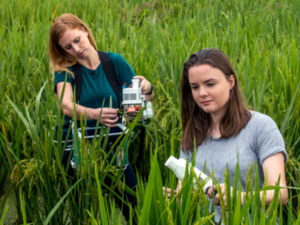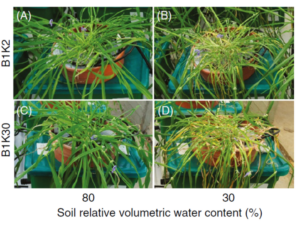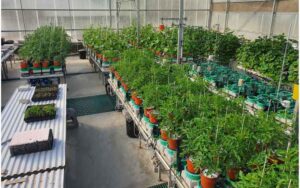In the world of plant science, innovation often brings complexity. But what if your research tools were both powerful and easy to use? At Plant-Ditech, we believe that advanced phenotyping shouldn’t be cumbersome, it should be accessible to every researcher. That’s exactly why we developed the PlantArray system.
Below, we answer some of the most frequently asked questions about user-friendly phenotyping platforms – and how they are changing the workflow of plant research.
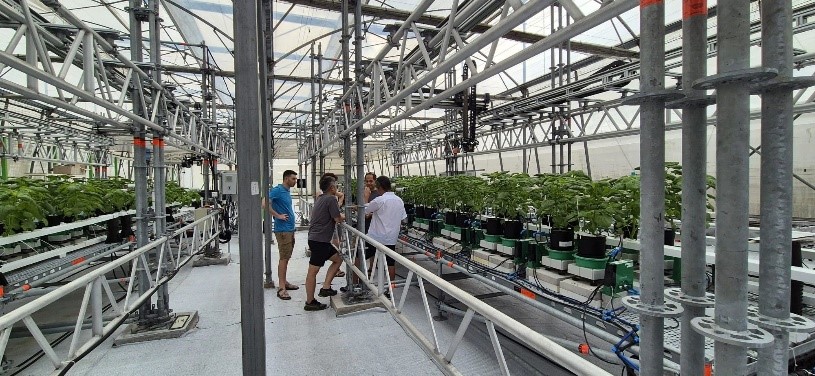
How can user-friendly phenotyping tools improve plant research workflows?
A user-friendly platform transforms research by making the process smoother from start to finish. Instead of spending days manually setting up sensors or taking endless measurements, researchers can focus on deepening and refining research results, automating and conveniently repeating them, and discovering discoveries faster:
With PlantArray, for example, this means:
- Automatic irrigation and data collection
- Option to administer different treatments to different plants in the array
- Real-time physiological feedback
- Easy experiment design with a visual interface
- Instant graphing and analysis of key features
Everything is built to minimize friction – so teams spend less time on technicalities and more time manipulating and drawing conclusions.
What are the benefits of adopting a user-friendly platform for plant phenotyping?
While the answer may seem obvious, it is not necessarily clear to a researcher looking for phenotyping systems which will be easy to use, while minimizing errors and complications. What should a researcher look for when purchasing an advanced phenotyping system?
- Find out if it is a high-throughput system, which can provide a lot of data
- The training period and whether you will receive close support even after installation
- Is it an automated system? Automation reduces manual input
- Improved collaboration – non-expert lab members can fully participate
- Look for consistent and high-quality data – with systems like PlantArray, the data is obtained in real time. Not only that, since it is physiological data – the physiological response of the plant to conditions, there is no need to wait for Guido’s districts to be completed
This level of usability not only makes things easier – it actually strengthens the research itself.
Are there user-friendly phenotyping solutions recommended for small-scale researchers?
Absolutely. Phenotyping systems are not cheap and small and even large laboratories often face constraints in budget, space or staffing – but this should not limit their access to high-quality phenotyping.
The PlantArray system is designed with flexibility in mind. You can start with just a few units and scale up later, without changing the software or retraining staff. It is ideal for researchers who need robust physiological data but do not want to invest in a large infrastructure from day one. We have many customers who started with a small set and have since doubled and tripled the quantity. From a few units to hundreds!
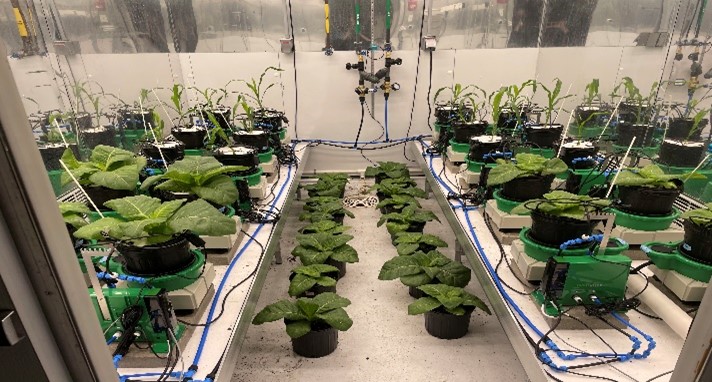
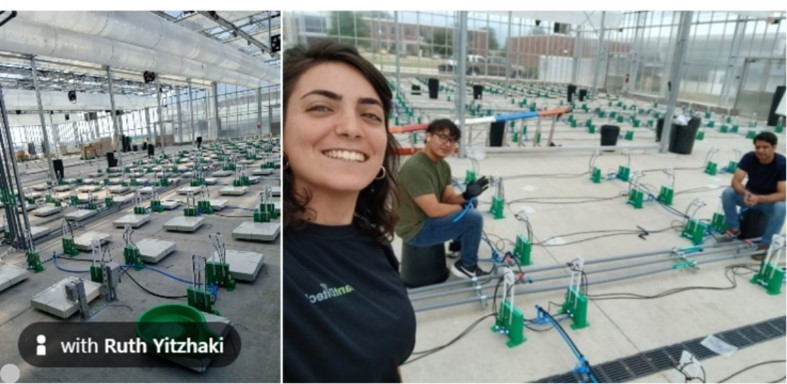
How does a user-friendly phenotyping solution compare to more complex systems?
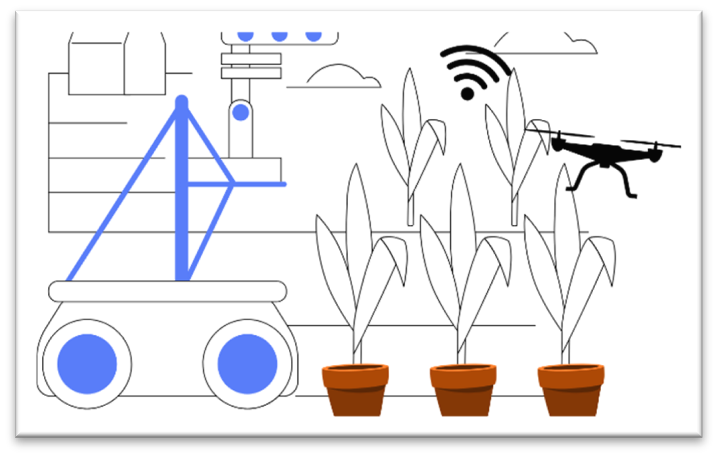
Complexity doesn’t always mean better. Researchers should look for systems that provide clear, accessible results and speed
Take PlantArray for example: while it provides real-time monitoring of plant growth, biomass growth and water use efficiency, it doesn’t require engineers to operate. This is a significant advantage for teams that want reliable physiological insights – without having to navigate a complicated interface.
What training resources are available?
To ensure optimal use of these advanced systems, the company must provide service and support before, during, and after the purchase. These are the services we offer in our company.
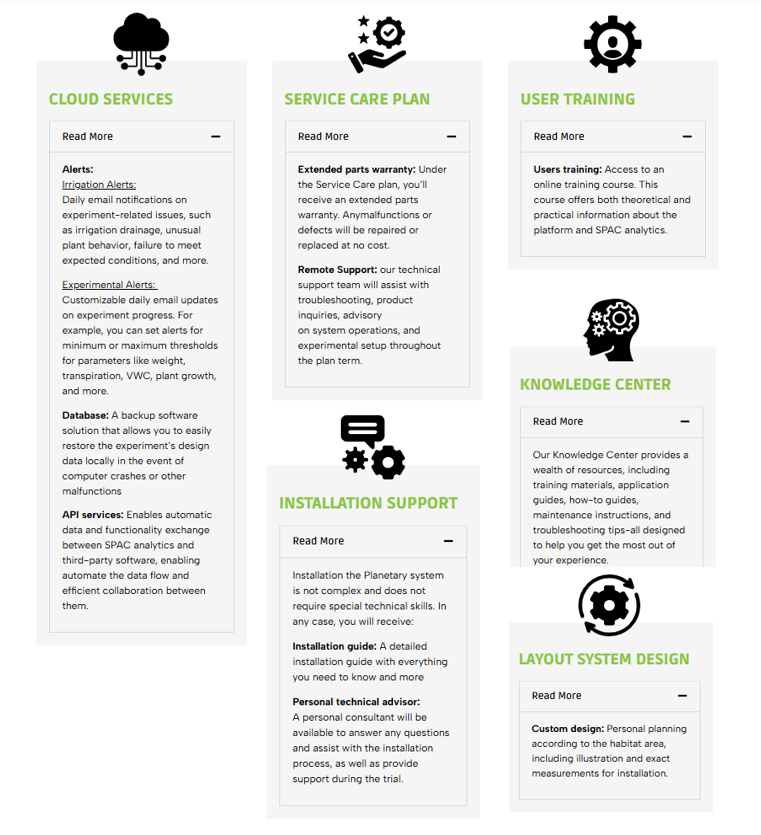
Can user-friendly phenotyping platforms integrate with existing tools?
Such advanced systems are supposed to perform APIs with different types of systems. For example, the PlantArray system has been doing this very successfully for some time. The system produces clean, structured data that easily integrates with morphological systems, manual systems, and various sensors.
This compatibility ensures that researchers can continue to use a variety of tools while adding powerful physiological insights to the mix.
Can user-friendly platforms still deliver accurate, high-resolution data?
Absolutely. Simplicity of operation does not exactly mean compromise. In fact, PlantArray measures the physiological behavior of the plant continuously (500 times a day), with high resolution from shoot to root in a fully automated manner. It tracks:
- Daily biomass gain
- Water uptake and uptake
- Water use efficiency
- Response to environmental changes
All without the complexity usually associated with such detailed monitoring.
What are the cost implications of switching to a user-friendly system?
Adopting a platform like PlantArray can significantly reduce costs:
- Minimal setup and training time
- No need for expert operators
- Modular system = grow at your pace
- Lower maintenance compared to complex imaging systems
In the long run, you get more data, better insights and faster results – with fewer resources.
Accurate phenotyping doesn’t have to be complicated to be meaningful.
With systems like PlantArray, plant research becomes more accessible, more collaborative, and more productive. Whether you’re a small lab or a large company, user-friendly tools can help you uncover new insights — without the tech headaches.

